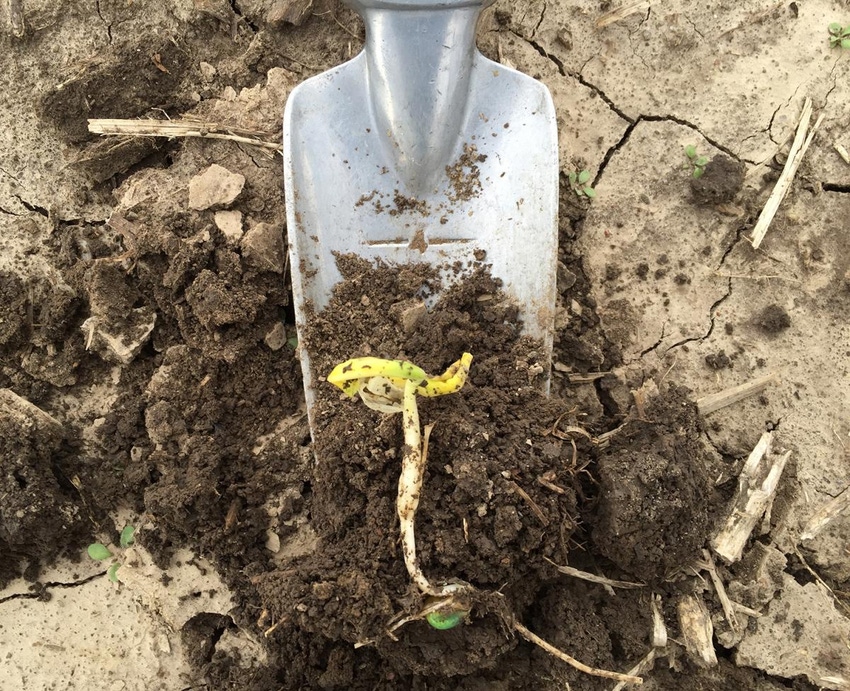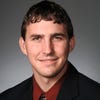May 12, 2021

Planting conditions in April were pretty good for planting. In fact, there were many reports of planting in early April. Unfortunately, April was much cooler and dryer than normal. Early planted corn and soybean took longer to germinate and emerge because of these cooler conditions. Additionally, as the dry conditions persisted there was a lot of talk about what planting depth to – plant deeper into soil moisture or plant at normal depths hoping for rain.
Both situations require the need for using early season scouting to check for stand establishment now that corn and soybean are emerging. Early season scouting is an important part of crop production and should be started with crop emergence. It is important to get out in the fields early to see how well planting went and how seedbed conditions may have influenced seed germination and emergence.
Checking stand establishment involves three key steps: (1) plant population, (2) emergence uniformity, and (3) plant spacing. Attaining the desired plant population is a key to attaining high yields. Both emergence uniformity and plant to plant spacing can be indicators of planter performance but also an indicator of seedling emergence issues. Some seedling emergence issues can be related to non-uniform soil moisture or seed depth placement. While others could be related to seed and seedling mortality from pathogen, insects, or poor-quality seed.
Emergence uniformity is considered problematic if early versus late emerging plants are greater than 2 weeks apart for corn. For soybean emergence uniformity very rarely results in lost yield potential that warrants replanting. Like emergence uniformity, plant to plant spacing is more problematic for corn than soybean. However, if soybean has large gaps greater than 2 feet, this can be reason for concern.
Source: Iowa State University, which is solely responsible for the information provided and is wholly owned by the source. Informa Business Media and all its subsidiaries are not responsible for any of the content contained in this information asset.
About the Author(s)
You May Also Like






